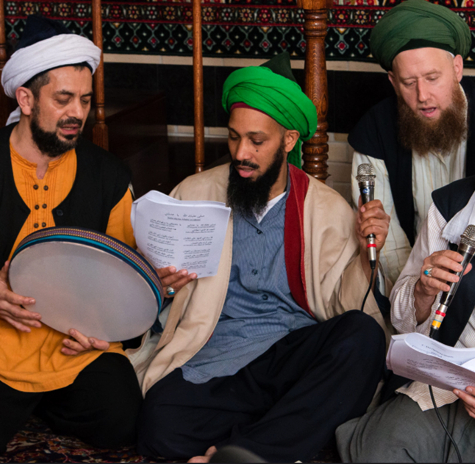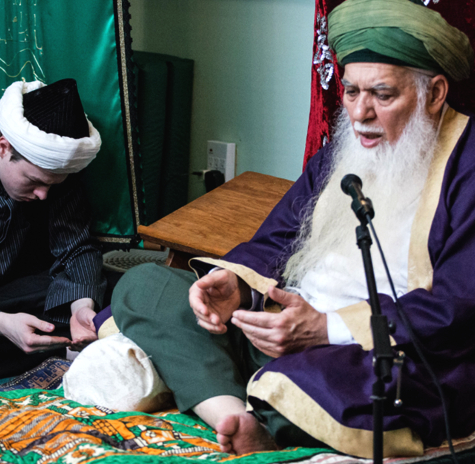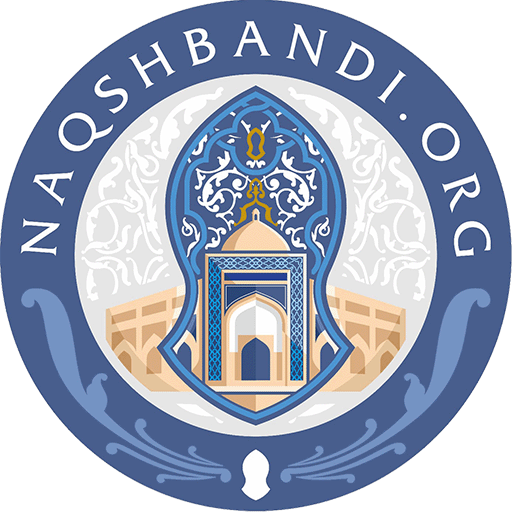Origins
The Titles
The designation of the Naqshbandi Golden Chain has changed from century to century. From the time of Abu Bakr as-Siddiq ![]() to the time of Bayazid al-Bistami ق it was called as-Siddiqiyya. From the time of Bayazid to the time of Sayyidina Abdul Khaliq al-Ghujdawani it was called at-Tayfuriyya. From the time of Sayyidina ‘Abdul Khaliq al-Ghujdawani ق to the time of Shah Naqshband ق it was called the Khwajaganiyya. From the time of Shah Naqshband through the time of Sayyidina Ubaidullah al-Ahrar ق and Sayyidina Ahmad Faruqi ق, it was called Naqshbandiyya.
to the time of Bayazid al-Bistami ق it was called as-Siddiqiyya. From the time of Bayazid to the time of Sayyidina Abdul Khaliq al-Ghujdawani it was called at-Tayfuriyya. From the time of Sayyidina ‘Abdul Khaliq al-Ghujdawani ق to the time of Shah Naqshband ق it was called the Khwajaganiyya. From the time of Shah Naqshband through the time of Sayyidina Ubaidullah al-Ahrar ق and Sayyidina Ahmad Faruqi ق, it was called Naqshbandiyya.

Inheritors
Historically speaking, the Naqshbandi tariqat can be traced back to the first of the Rightly-Guided Caliphs, Abu Bakr as-Siddiq ![]() , who succeeds the Prophet ﷺ in his knowledge and in his role of guiding the Muslim community. Allah said in the Holy Qur’an “He was the second of two in the cave, and he said to his friend: ’do not be sad, for God is with us’” [9:40]. Of him the Prophet ﷺ said, “If I had taken to myself a beloved friend, I would have taken Abu Bakr as my beloved friend; but he is my brother and my companion.”
, who succeeds the Prophet ﷺ in his knowledge and in his role of guiding the Muslim community. Allah said in the Holy Qur’an “He was the second of two in the cave, and he said to his friend: ’do not be sad, for God is with us’” [9:40]. Of him the Prophet ﷺ said, “If I had taken to myself a beloved friend, I would have taken Abu Bakr as my beloved friend; but he is my brother and my companion.”
The Imam of the Tariqat
In this constellation, we come finally to Muhammad Bahauddan Uways al-Bukhari ق, known as Shah Naqshband, the Imam of the Naqshbandi Tariqat without peer. He was born in the year 1317 C.E. in the village of Qasr al-`Arifan, near Bukhara. After he mastered the sharicah sciences at the tender age of 18, he kept company with the Shaikh Muhammad Baba as-Samasi ق, who was an authority in hadith in Central Asia. After the latter’s death, he followed Shaikh Amir Kulal ق who continued and perfected his training in the external and the internal knowledge.


